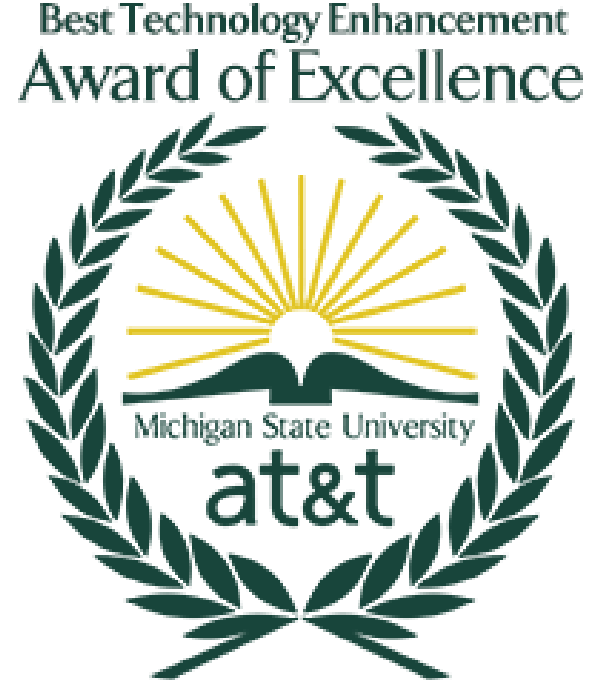Acting with Accents aims to give student artists tools that enable them to confidently and truthfully perform any accent or dialect. The process of learning accents is steeped in tradition, but this course embraces the principles of Universal Design to enhance accessibility, and uses technology in innovative ways to introduce concepts and to connect students to speakers around the world. Technology enables students to become essential participants in a global community of artists and scholars. Each student in the class collected, analyzed, and contributed dialect samples that are now part of an online resource called the International Dialects of English Archive (IDEA).
Students in this course learn a process to identify, analyze, incorporate, and embody idiolects – language and speech patterns unique to individual characters. This course celebrates unique individual expression and nuanced character work. There is no textbook in this class; everything we need exists online in digital archives that we will help to expand and diversify. This method allows students to integrate accents into truthful character work.
The first step in this process is to teach students how to use the International Phonetic Alphabet (IPA) to explore, embody, draw, and transcribe virtually all spoken sounds. They then learn and practice a process to collect, analyze, transcribe, and incorporate accents into their characters. Students master the many technological resources available for actors studying dialects. One of the primary goals of the course is to deepen cultural understanding through the study of accents and dialects, so students go directly to individual subjects to collect samples and explore the relationship between dialect and culture. To share this work, they collect and publish digital dialect samples that add to a growing international archive.
This course uses technology to break down barriers and to make the world a smaller place. It allows the students to become essential participants in a global community of artists and scholars. Technology allows these students to avoid being merely consumers of knowledge, but to be creators and contributors. These students are all training to be performers. When they inevitably have the opportunity to audition for a role that requires an accent, they will need the tools to do so quickly and expertly.
Many courses like this choose a few arbitrary accents that the student tries to master over the course of one semester. These accents are usually very broad categories and not specific to the roles they will play. In this course, success is measured not by how well they perform generic accents, but by how well students are able to master digital resources for learning idiolects and to incorporate those into truthful, specific characters. One such resource is the International Dialects of English Archive (IDEA), a collection of dialects from around the world.
Many of these connections were made by partnering with Michigan State University’s English Language Center (ELC). Dialect students interviewed and collected samples from international students and published them to the digital archive. This was particularly rewarding because, for many of those students, it was the first time such value had been placed on their accents. It was also one of the few times they were able to interact with their American peers, as the ELC can sometimes have an isolating effect on new students. As part of this process, students were trained in dialect sample collection using technology ranging from Blue Yeti USB microphones to their smart phones, in conjunction with editing software Audacity.
Technologies Used
- Audacity (audacityteam.org)
- Visual Accent Archive (visualaccentdialectarchive.com)
- IPA Translator (tophonetics.com)
- The International Dialects of English Archive (dialectsarchive.com)
Team Members
Deric McNish - Lead Instructor
Paul Meier - Director of IDEA
Jason Dernay - Research Assistant

